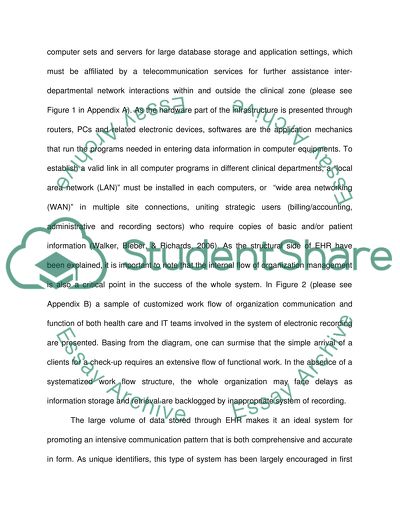Cite this document
(“Electronic health record (EHR) Coursework Example | Topics and Well Written Essays - 2750 words”, n.d.)
Retrieved from https://studentshare.org/finance-accounting/1411610-electronic-health-record-ehr
Retrieved from https://studentshare.org/finance-accounting/1411610-electronic-health-record-ehr
(Electronic Health Record (EHR) Coursework Example | Topics and Well Written Essays - 2750 Words)
https://studentshare.org/finance-accounting/1411610-electronic-health-record-ehr.
https://studentshare.org/finance-accounting/1411610-electronic-health-record-ehr.
“Electronic Health Record (EHR) Coursework Example | Topics and Well Written Essays - 2750 Words”, n.d. https://studentshare.org/finance-accounting/1411610-electronic-health-record-ehr.


